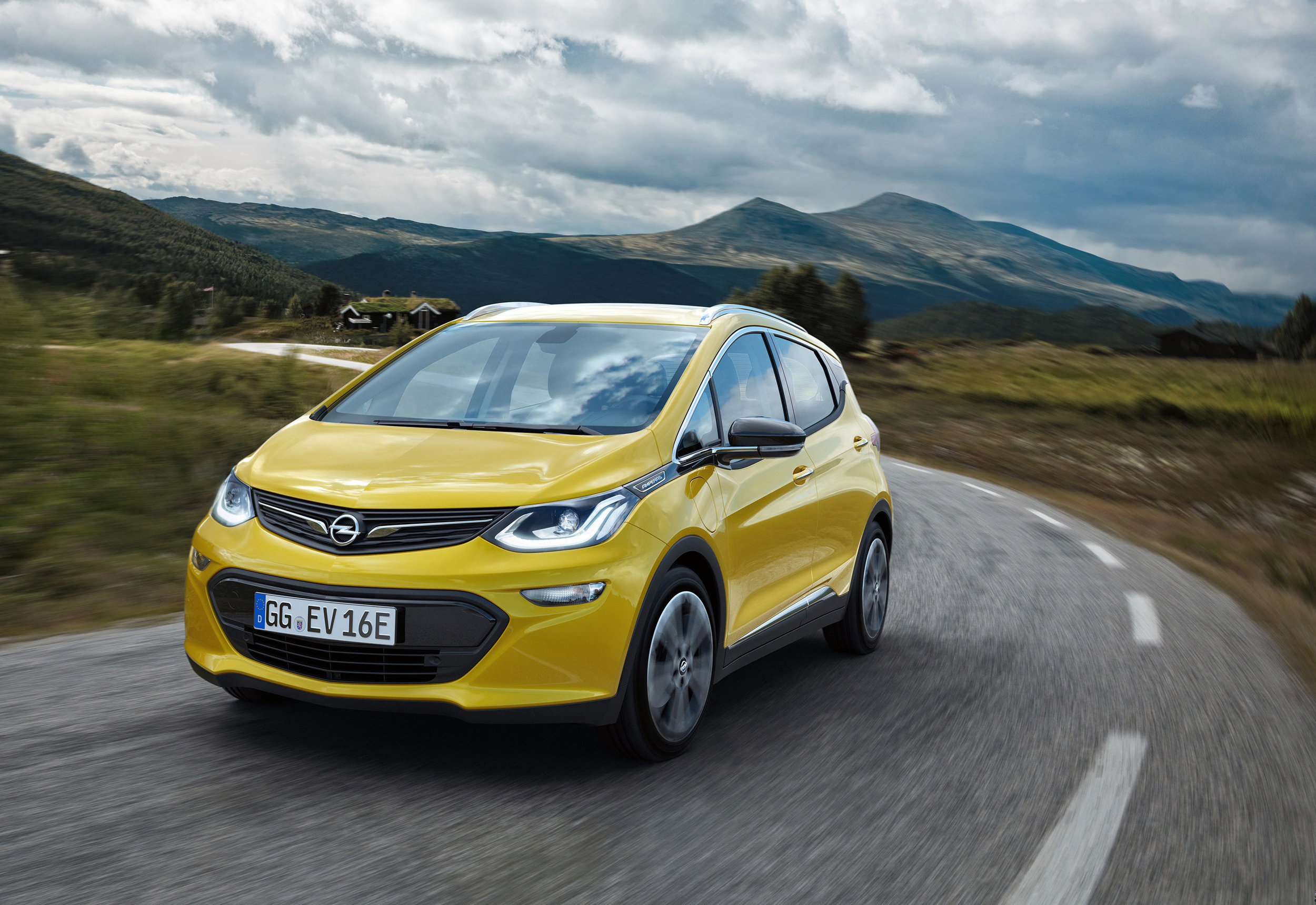
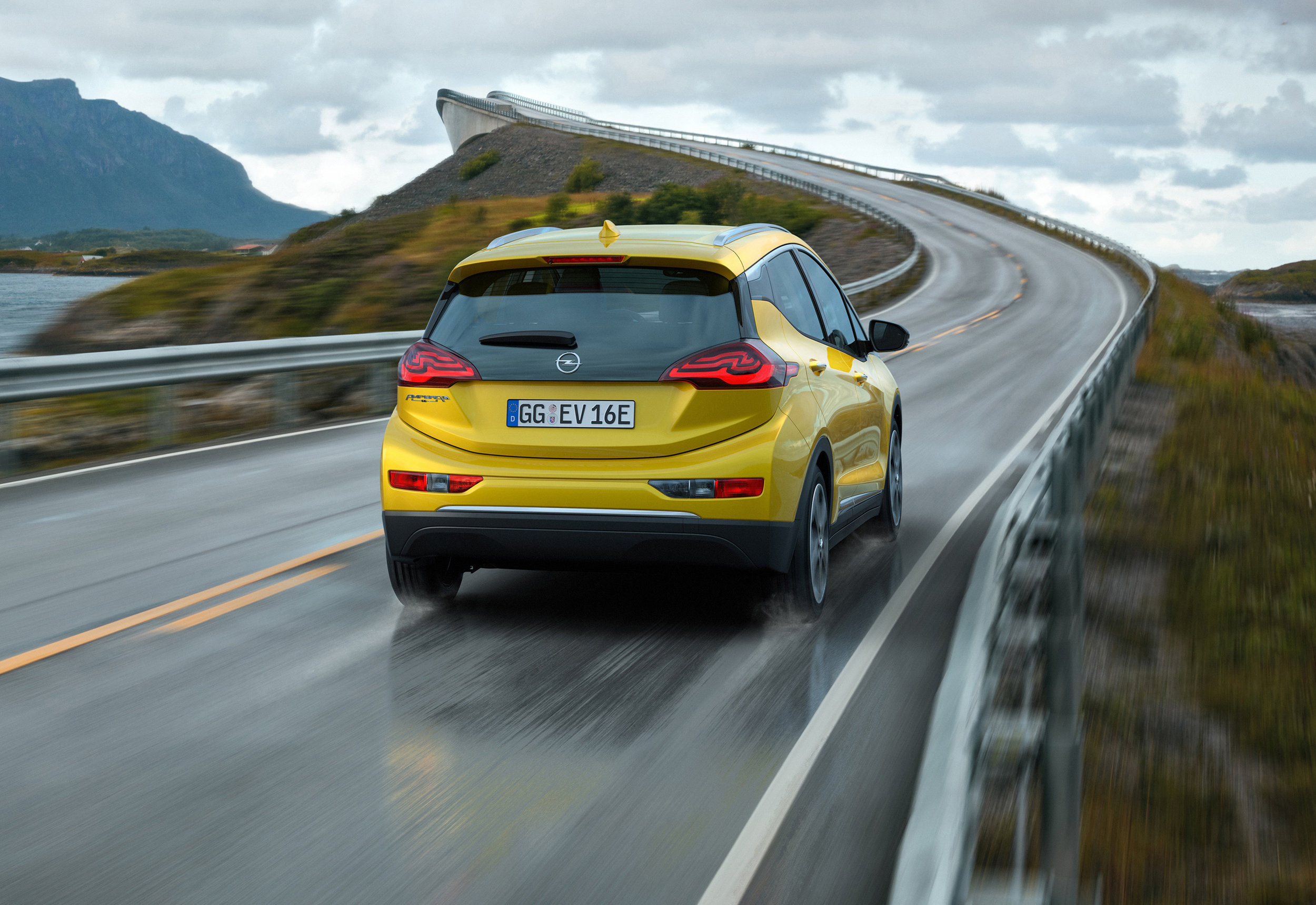
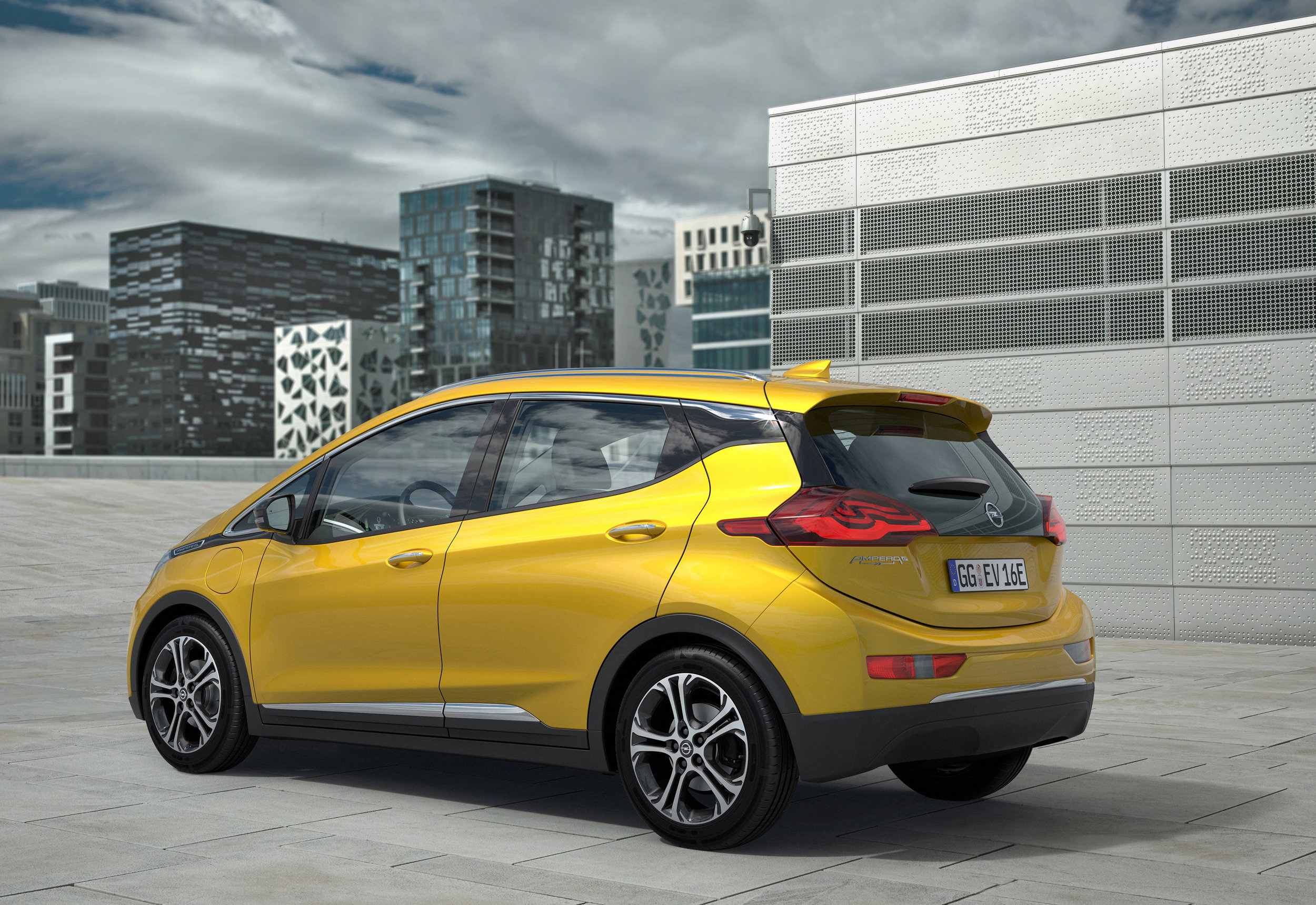
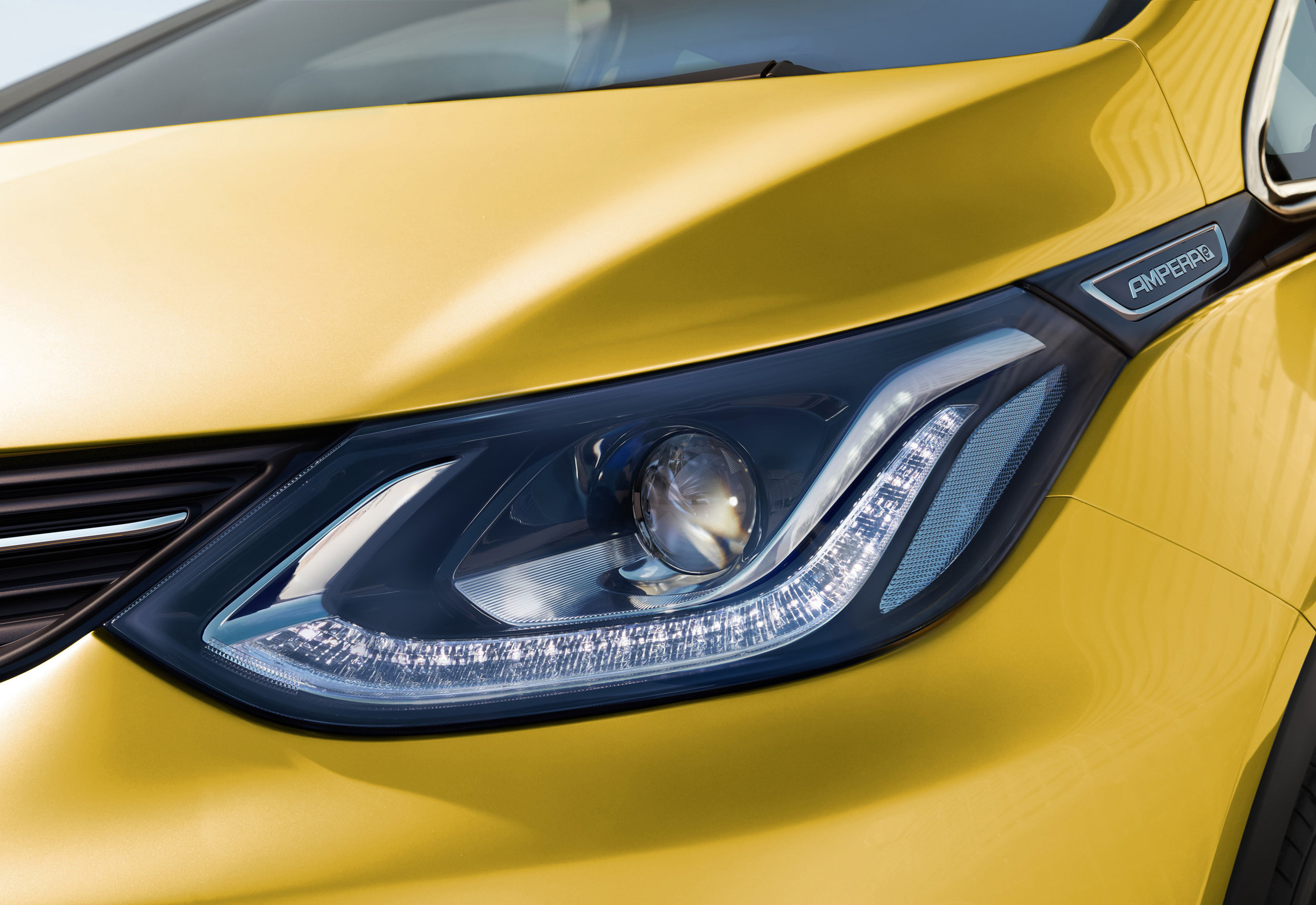
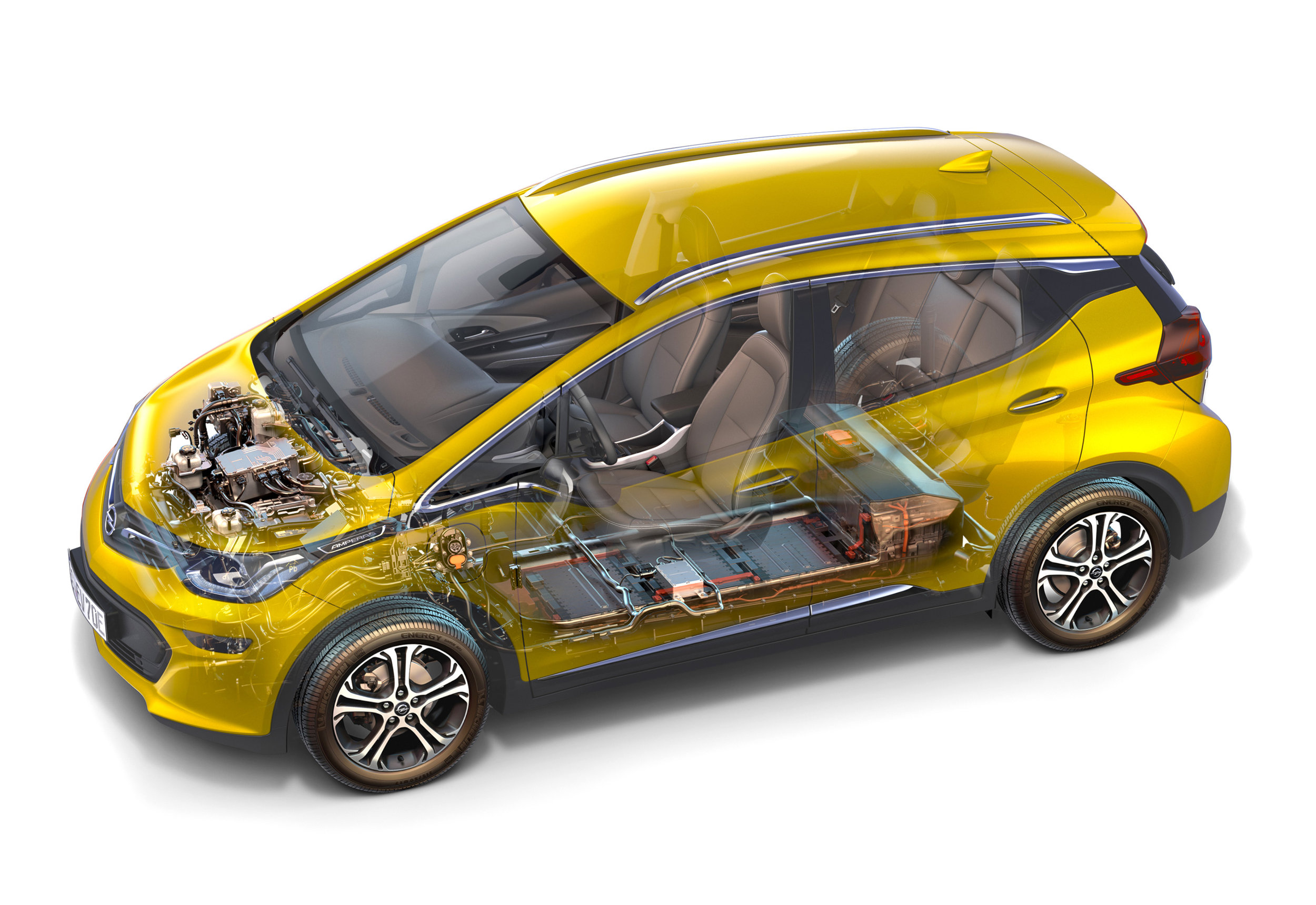
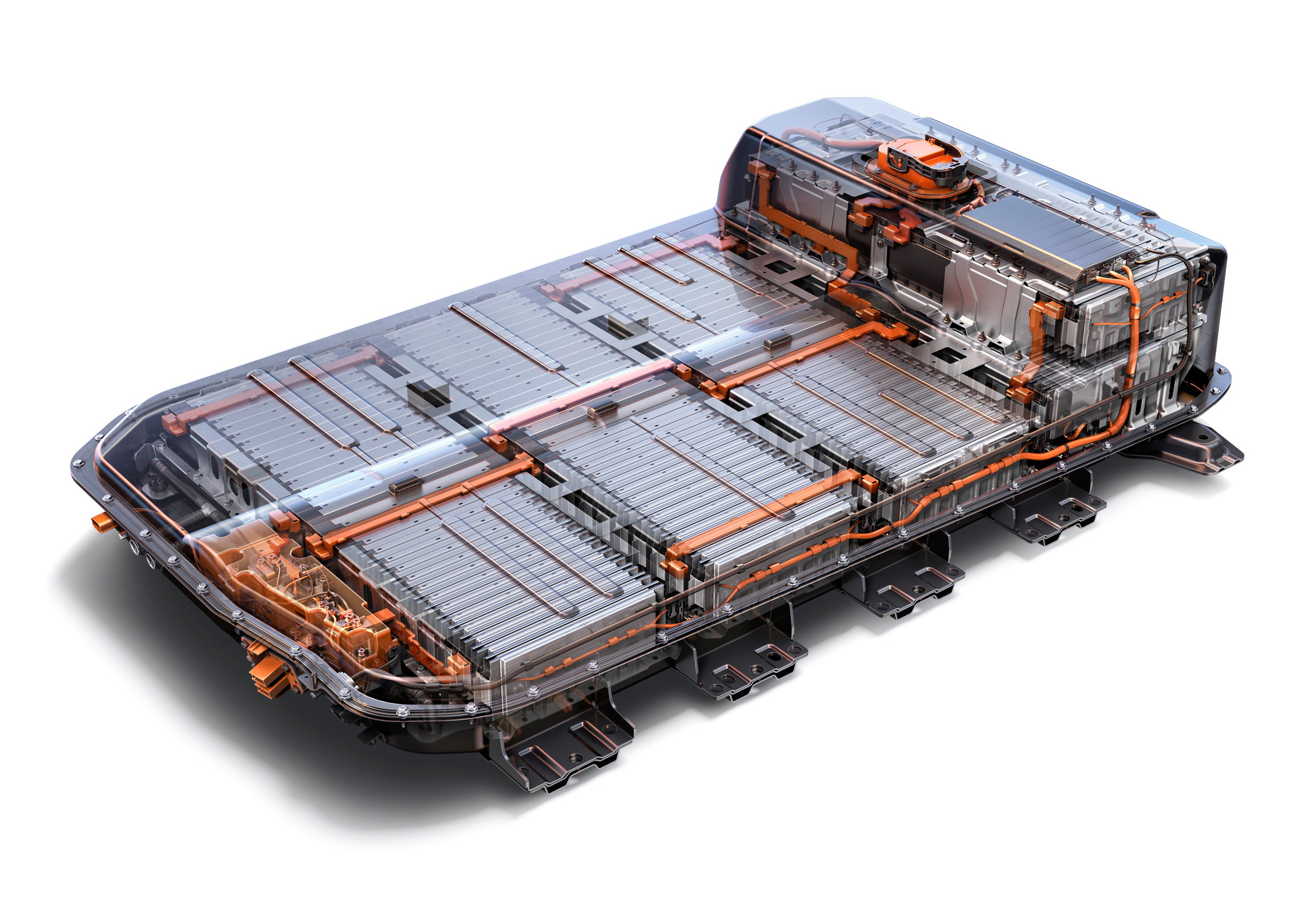
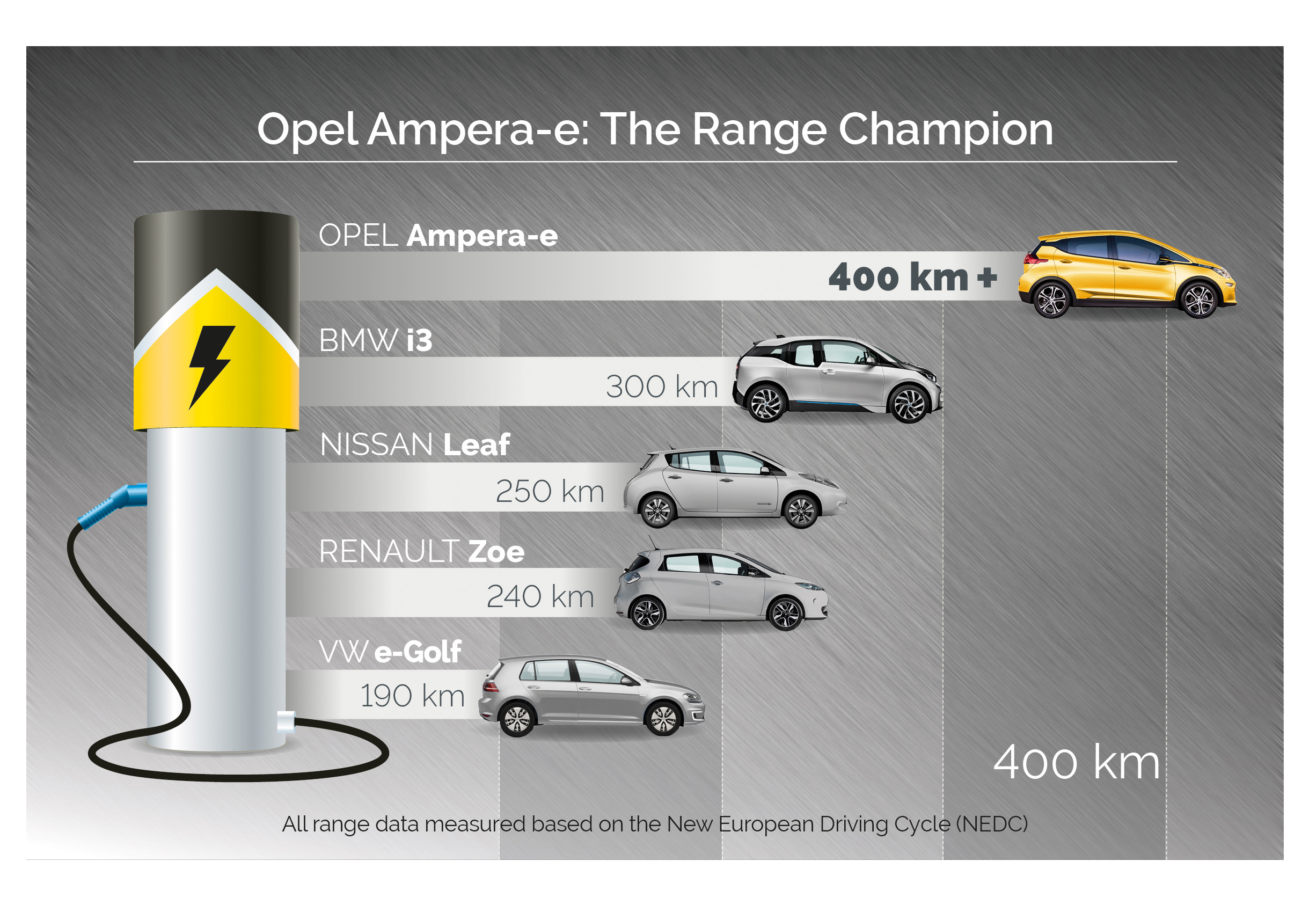
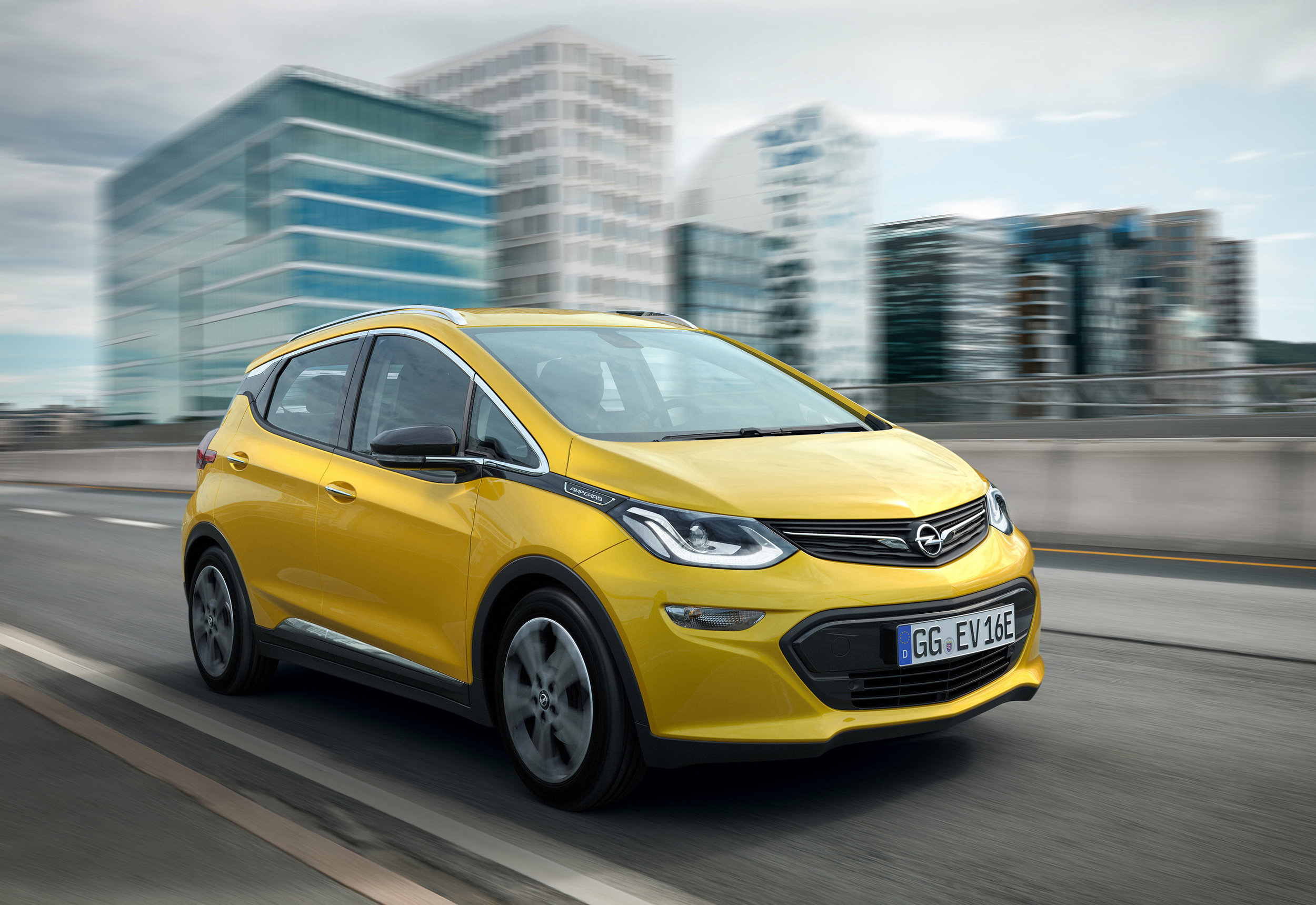
The new Ampera-e electric car, which will be unveiled at the Paris Motor Show later this month, is to be trialled in the UK by Vauxhall to assess the viability of future right-hand-drive production.
Due to be sold by Vauxhall’s sister company, Opel, from 2017 with left-hand-drive, the Ampera-e boasts a class-leading 250-mile electrical range (purely electrical range measured, based on the New European Driving Cycle, or NEDC, in km: > 400; provisional figure) – beating the maximum 186-mile NEDC range of its closest competitor, the BMW i3, fitted with its optional, large 33kWh battery.
Even taking into account the real world impact of driving style, road and weather conditions, Vauxhall claims the car can still achieve a range of over 185 miles under average, every day conditions.
‘Vauxhall is committed to having a future EV presence in its range,’ said Rory Harvey, Vauxhall’s Chairman and Managing Director. ‘The technology which underpins the new Ampera-e is of great interest to us, and we will be evaluating LHD cars from next spring and demonstrating them to clients. The fact that Ampera-e is not an eco-luxury or second car for customers broadens its appeal greatly, but it’s obviously vital that the car we sell in our market is right-hand-drive, and that won’t be available in the current generation.’
Clever integration of the ten battery modules in the underbody means that the 4.17 metre-long car can accommodate five people, says Vauxhall, and still offer a 381-litre boot. The battery, developed in cooperation with LG Chem, comprises 288 lithium-ion cells and has a capacity of 60 kWh.
With maximum torque of 360Nm and power equivalent to 204PS, Vauxhall claims standing-start and mid-range acceleration figures on a par with many a sports car. 0-30mph takes 3.2 seconds, while 50-75mph – a particularly important yardstick for overtaking performance – takes 4.5 seconds (preliminary figures). Top speed is electronically limited to 93mph.
The Ampera-e also has the ability to re-charge its batteries while being driven. To do so, the driver just eases off the accelerator in the normal ‘Drive’ mode. The Ampera-e recuperates automatically in overrun and wins back energy from the electric motor, which doubles as a generator. The motor’s braking effect is increased when the driver switches to ‘Low’ mode, therefore increasing recuperation.
Furthermore, the driver can switch to ‘Regen on Demand’ for maximum energy recuperation, via a paddle at the back of the steering wheel. The drag torque is so high in ‘Low/Regen on Demand’ modes that Vauxhall claims the brake pedal need not be applied to bring the vehicle to a full stop in normal traffic and that drivers can increase the range by up to five per cent compared with ‘Drive’ mode.
The Ampera-e features both the latest generation IntelliLink infotainment and OnStar on board, with the connectivity and service assistant offering a WiFi hotspot for up to seven devices (depending on market), while Apple CarPlay- and Android Auto-compatible IntelliLink systems allow passengers complete access to their favourite music or streaming movies.
